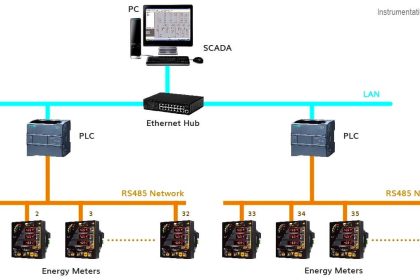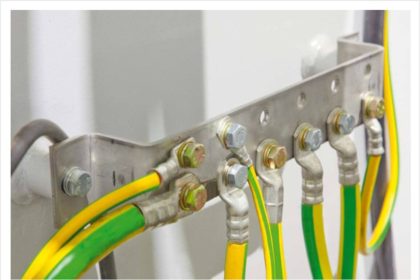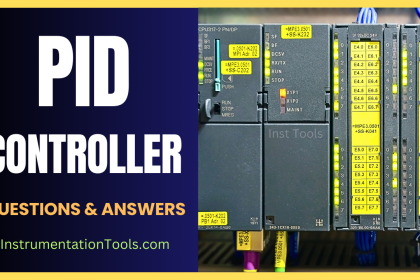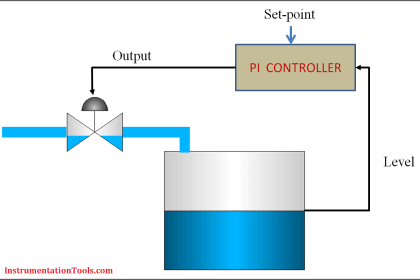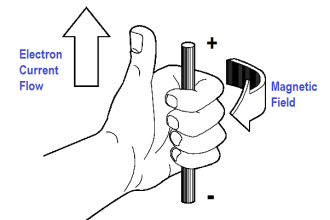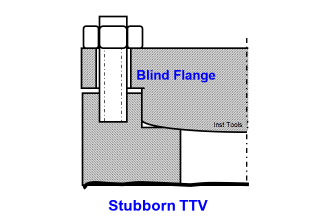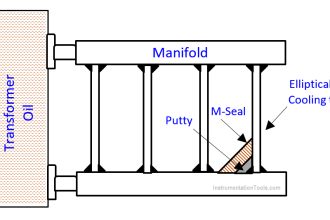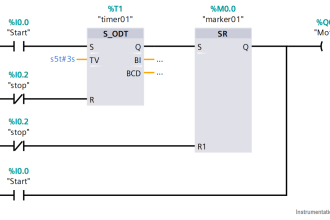Ethernet is the most widely used communication protocol in today’s world. Literally from our house internet cables to complex optical fibers, Ethernet is everywhere. In industrial automation also, it is one of the most used protocols for use. This is because it is one of the fastest and simplest to use. Due to this reason, many third-party devices too are implementing this protocol in their devices.
In Ethernet, we mostly all know traditional 8-core ethernet cables used for communication. But nowadays, a new trend called single-pair Ethernet (consisting of only two wires) is used in many applications. In this post, we will see the difference between traditional Ethernet and single-pair Ethernet.
What is Ethernet Protocol?
Ethernet, as discussed, is a communication protocol that works on the network model of LAN (local area network) or WAN (wide area network). It is a wired type protocol, meaning it transmits and receives data in wires. It is a very high-speed data communication protocol, where data is secured and delivered only to the required point.
Any communication protocol works based on the OSI (Open Systems Interconnection) model. It is a layer of seven modules, where each layer has its importance for its working. It has the following layer sequence from the base – physical (for media transmission type), data link (physical addressing), network (logical addressing), transport (end-to-end connections), session (interhost communication), presentation (data representation and encryption) and application (network process to application).
Out of these, Ethernet operates in below two layers. It works in IEEE 802.3 standard. The data link layer is identified by the MAC (media access control) address. The physical layer is the hardware medium and this is the topic that will be discussed later on as our post topic.
Ethernet first takes physical address in data link layer by MAC address, after which it checks data connection, quality of network and encryption. Then, as it has to transmit data on a network, it checks the current network traffic and detects any error if present.
Ethernet communicates in two forms of data types – frame and packet. A packet means the units of data in a network, while a frame is a collection of data packets. A packet generally has addresses of both sides, quality information, service information, and error correction information.
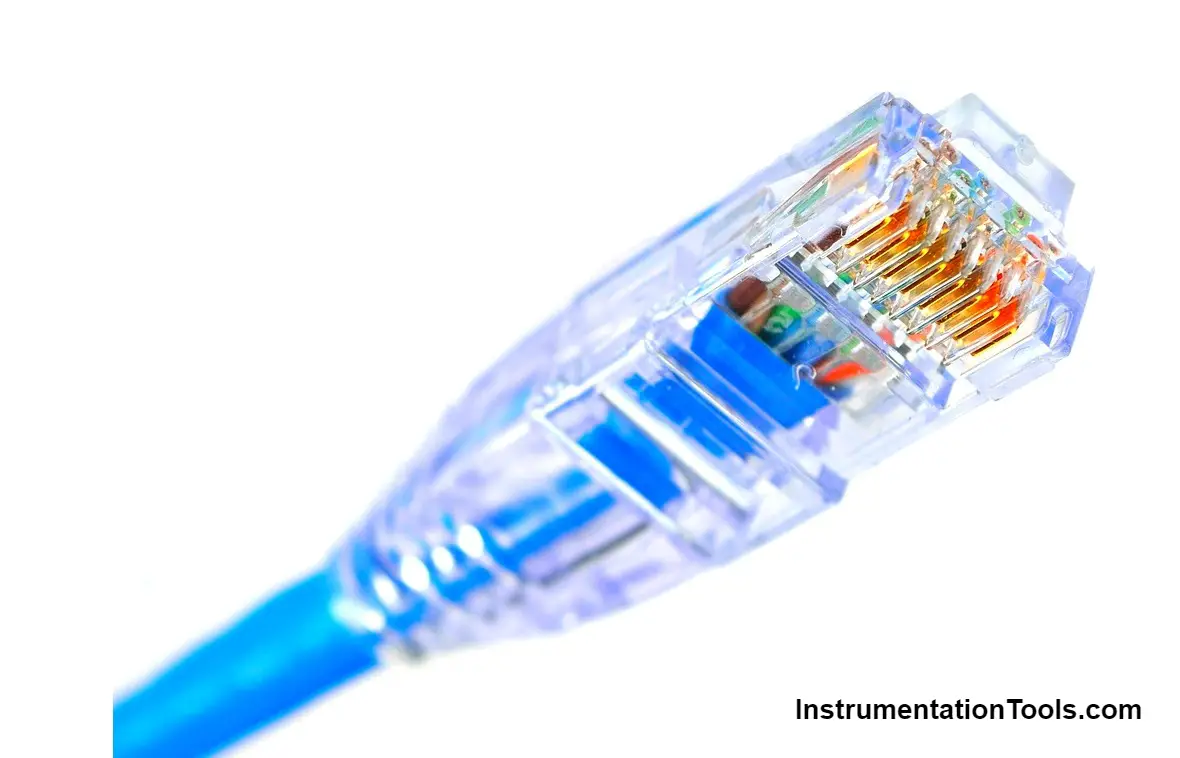
Traditional Ethernet
Ethernet was initially started to be used in CAT 5, CAT 6, CAT 7, and CAT 8 types of hardware cables. CAT refers to data transmission speed and generally starts from 100 Mbps to 40 Gbps. The cable can be shielded or unshielded. It is an 8-core cable, with a cable connector type RJ45. The 8 pins of the connector have 8 wires terminated to it.
Further, they are classified into two types of connectors – straight and cross over. Straight cable means both the wire ends in connector ends are of same color. It means 1st wire of 1st connector goes to 1st wire of 2nd connector, 2nd wire of 1st connector goes to 2nd wire of 2nd connector, and so on. But, devices of same type are mostly connected through cross-over cables, due to it’s configuration and speed advantages.
The transmit and receive signals are reversed in this type. So, straight cables are mostly used for unlike devices, like switch to router, switch to PC or hub to PC. Cross cables are used for like devices, like switch to switch, hub to hub, router to router, and PC to PC.
Single Pair Ethernet
As the name defines, this type uses only two wires for data transmission and reception. The term that you must have heard more recently – POE (Power Over Ethernet), uses this type. The simple concept is that in both the wires, you can both transmit as well as receive at higher speeds. But, in traditional Ethernet, as the speed increases, the number of wires too increase for data transmission and reception.
Additionally, SPE cables overlap power and signal both in the same wires. Due to this type of construction and working, SPE cables are light weight and reduce the number of wires in a cable. This also makes troubleshooting easier. SPE cables caters to IEC 63171. This standard is responsible for same line power and signal communication, thus enabling such types of cables to be used.
Difference between single-pair Ethernet and traditional Ethernet
- The first and foremost difference is number of wires in cables. Single pair uses only two wires, whereas traditional Ethernet uses a maximum of 8 wires.
- Single pair cables are lighter in weight than traditional Ethernet cables.
- Single pair data speed is slower than traditional Ethernet cables.
- Due to a smaller number of wires in single pair, cost of this cable is much lesser than traditional cables.
| Criteria | Single-Pair Ethernet (SPE) | Traditional Ethernet |
|---|---|---|
| Cabling | Uses a single twisted pair for data transmission. | Typically uses four twisted pairs (in Cat 5e, Cat 6, etc.) for data transmission. |
| Data Rate | SPE standards support data rates from 10 Mbps to 1 Gbps. | Traditional Ethernet supports a wider range of data rates, from 10 Mbps to 10 Gbps and beyond (with Cat 6, Cat 6a, Cat 7, etc.). |
| Distance | Can support longer cable runs up to 1,000 meters for certain applications. | Generally supports up to 100 meters for higher data rates; longer distances require repeaters or switches. |
| Power over Ethernet (PoE) | SPE is designed to support PoE, making it suitable for devices requiring both power and data over a single cable. | Traditional Ethernet also supports PoE, but the power capacity can be higher due to more conductors. |
| Connector Size | Smaller connectors due to fewer wires, which is advantageous in space-constrained applications. | Larger connectors (like RJ45) due to more wires, requiring more space. |
| Application Focus | Geared towards industrial and automotive applications where space is limited and longer cable runs are beneficial. | Widely used in a variety of applications, including residential, commercial, and data centers. |
| Bandwidth Efficiency | Less bandwidth compared to traditional Ethernet, but sufficient for many industrial applications. | Higher bandwidth capabilities, suitable for data-intensive applications like high-speed internet, data centers, etc. |
| Installation and Infrastructure | Simplified cabling can reduce installation complexity and cost in new deployments. | More complex cabling infrastructure, but widely adopted and understood in the industry. |
| Interference and Reliability | Designed to be robust in environments with high electromagnetic interference, typical in industrial settings. | Also designed to be robust, but the effectiveness can depend on the cable category and shielding. |
| Market Adoption | Emerging technology with growing adoption in specific sectors. | Well-established with widespread adoption across various sectors. |
If you liked this article, then please subscribe to our YouTube Channel for Instrumentation, Electrical, PLC, and SCADA video tutorials.
You can also follow us on Facebook and Twitter to receive daily updates.
Read Next:
- Free Schneider PLC Training
- Real-time PLC Automation Projects
- How to Choose a PLC for a Project?
- PLC-to-PLC Communication Project
- Moving Data between Siemens PLCs
